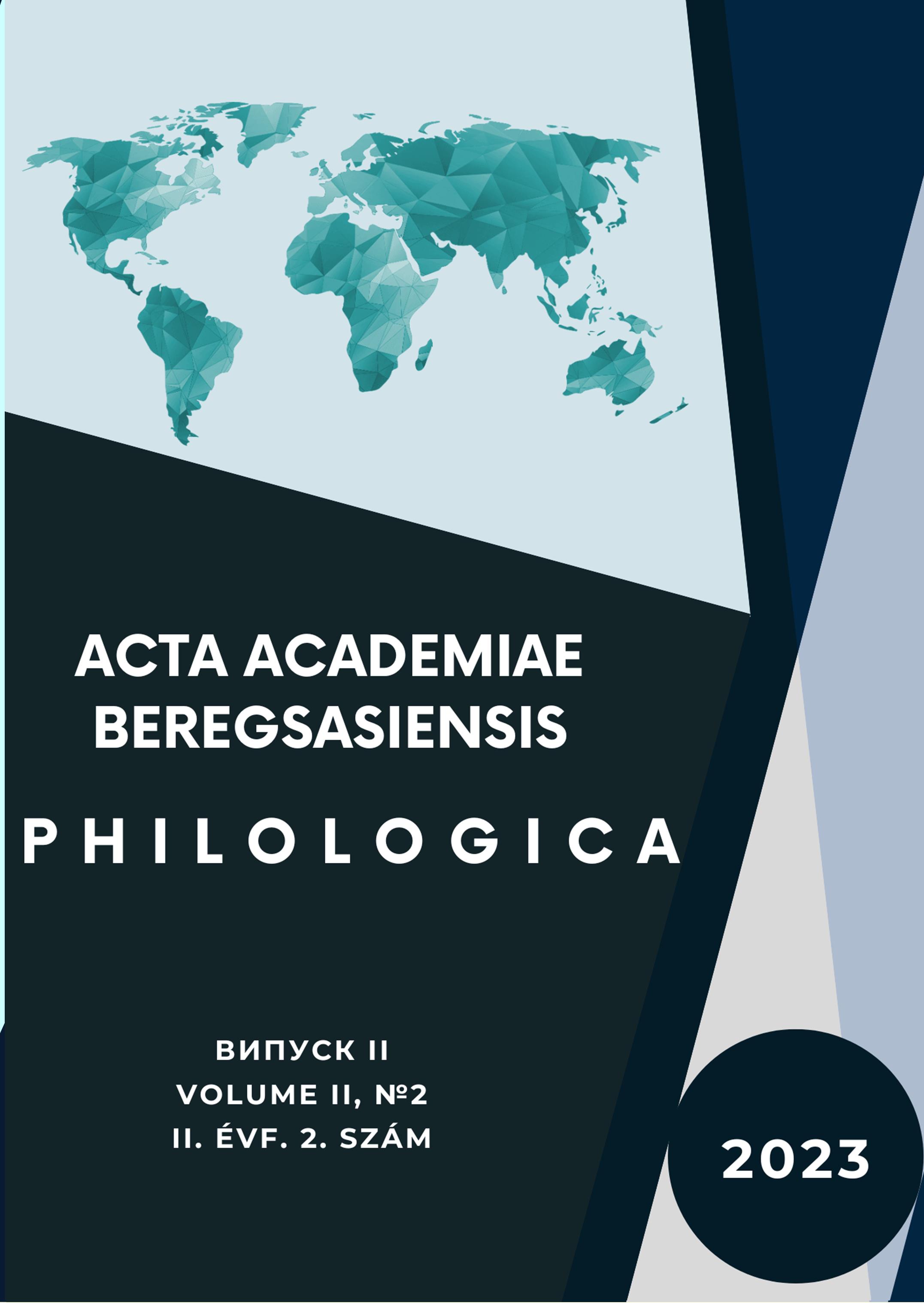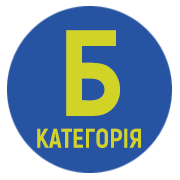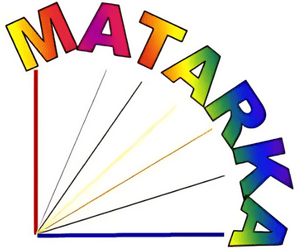The characteristics of language usage and attitudes of students of higher education institutions in Transcarpathia based on the partial results of two surveys
DOI:
https://doi.org/10.58423/2786-6726/2023-2-32-48Keywords:
Transcarpathia, college students, loanwords, state language effect, language attitudeAbstract
A positive attitude towards the mother tongue and the language variety is essential for confident language use. The way we perceive the language of the community where we live, or of other communities, is largely influenced by our knowledge and experience of the language, by the opinions of others, and of course by stereotypes. Education can do the most to overcome these, to develop an objective, confident linguistic awareness and self-awareness, by conveying a scientifically based approach at all levels. In our study, we analyse the partial results of two empirical researches conducted among the students of the Ferenc Rákóczi II Transcarpathian Hungarian College in recent years, which investigate the state language effect in the register of Transcarpathian Hungarian higher education, the interchange of words related to the topic of education and their relationship to the local language variety. The results of our research have shown that, despite the dominance of Hungarian, the language use of students in Transcarpathian Hungarian higher education is characterised by the presence of Ukrainian and Russian language influences, and that most of these are consciously present in their language use. The Ferenc Rákóczi II Transcarpathian Hungarian College considers it important to develop this positive attitude not only in its Hungarian studies, but also in all its training programmes. The presented results show that the group under study has a balancing-functional-segregating attitude towards different languages and language varieties: they are not closed to this variety, they are aware of its functions and importance. They are not excluded from the lower-prestige variety because of previous unpleasant experiences: they express a scientifically well-founded opinion in the survey. Although emotional attachment is also strongly expressed. But we also know that in minority contexts this can play a significant language-preserving role.
References
Beregszászi Anikó, Márku Anita, 2003. A kárpátaljai magyar középiskolások nyelvhasználatáról [On language use by Hungarian secondary school students in Transcarpathia]. In: Csernicskó István szerk. A mi szavunk járása: Bevezetés a kárpátaljai magyar nyelvhasználatba [The way of our word. Introduction to the use of the Transcarpathian Hungarian language].. Ungvár: PoliPrint. 179–207. (In Hungarian).
Csernicskó István, 1998: A magyar nyelv Ukrajnában (Kárpátalján) [The Hungarian language in Ukraine (Transcarpathia)]. Osiris Kiadó - MTA Kisebbségkutató Műhely, Budapest. (In Hungarian).
Csernicskó István–Beregszászi Anikó, 1998. A megszólítás változatai az Ungvári Állami Egyetem magyar szakos hallgatóinak körében [Variations of address among Hungarian students at Uzhhorod State University]. In: Sándor, Klára szerk., Nyelvi változó – nyelvi változás. A 9. Élőnyelvi Konferencia [Language variation - language change. The 9th Native Language Conference]. Szeged, Magyarország. JGYTF Kiadó, 171–178. (In Hungarian).
Dudics Lakatos Katalin, 2019. Kárpátaljai magyar pedagógusok nyelvjárási attitűdjének alakulása két felmérés eredményei alapján (2008–2018) [Development of dialect attitudes of Hungarian teachers in Transcarpathia based on the results of two surveys (2008-2018)]. Magyar Nyelvjárások [Hungarian Dialects] 57: 123–134. (In Hungarian).
Dudics Lakatos Katalin, 2020. Kárpátaljai magyar pedagógusok és tanítványaik metanyelvi ismereteiről [On the meta-linguistic knowledge of Transcarpathian Hungarian teachers and their students]. Magyar Nyelvjárások [Hungarian Dialects] 58. 165-173. (In Hungarian).
Dudics Lakatos Katalin, 2021. Kárpátaljai magyar iskolások nyelvjárási attitűdjének alakulása egy megismételt kérdőíves gyűjtés alapján [Development of dialect attitudes of Hungarian schoolchildren in Transcarpathia based on a repeated questionnaire survey]. Magyar Nyelv [Hungarian Language] 117. 346–354. (In Hungarian).
Gazdag Vilmos, 2010. Szláv eredetű lexikai elemek a Beregszászi járás magyar nyelvjárásaiban (Kárpátalja, Ukrajna) [Slavic lexical elements in the Hungarian dialects of Berehovo district (Transcarpathia, Ukraine)] In. Fábri István–Kötél Emőke szerk., Határhelyzetek III. Önmeghatározási kísérletek: hagyományőrzéstől a nyelvi identitásig [Borders situations III. Attempts at self-definition: from tradition to linguistic identity]. Balassi Intézet Márton Áron Szakkollégium Budapest, 124–160. (In Hungarian).
Gazdag Vilmos, 2013a. Az anyanyelv használati körének módosulásai Kárpátalján [Changes in the use of the mother tongue in Transcarpathia]. In. Kötél Emőke–Szoták Szilvia szerk., Határhelyzetek IV. Hagyomány és jövőkép. Anyanyelv(ek), oktatáspolitikai stratégiák, karrierkövetés [Borders situations IV. Tradition and vision. Mother tongue(s), education policy strategies, career development]. Balassi Intézet Márton Áron Szakkollégium, Budapest, 94–120. (In Hungarian).
Gazdag Vilmos, 2013b. A nyelvválasztási stratégia és a pályaválasztás összefüggései a kárpátaljai beregszászi járás magyar középiskolásai körében [The correlation between language choice strategy and career choice among Hungarian secondary school students in the Berehovo district of Transcarpathia]. In. Szoták Szilvia szerk., Határhelyzetek V. Sztereotípiák, választások, túlélési stratégiák kisebbségi léthelyzetekben [Borders situations V. Stereotypes, choices, survival strategies in minority situations]. Balassi Intézet Márton Áron Szakkollégium, Budapest, 200–230. (In Hungarian).
Gazdag Vilmos, 2017. Szláv elemek a kárpátaljai Beregszászi járás magyar nyelvjárásaiban [Slavic elements in the Hungarian dialects of the Berehovo district of Transcarpathia]. Doktori disszertáció. Eötvös Loránd Tudományegyetem, Bölcsészettudományi Kar. Budapest. Kézirat. URL: https://edit.elte.hu/xmlui/-handle/10831/40481 (2023.10.04). (In Hungarian).
Gazdag Vilmos, 2018. A kárpátaljai magyar nyelvjárásokban meghonosodott keleti szláv kölcsönszavak alakváltozatainak létrejöttéről [On the formation of variants of Eastern Slavic loanwords in Transcarpathian Hungarian dialects]. Hungaro-Ruthenica. VIII. 2018. 69–77. (In Hungarian).
Gazdag Vilmos, 2020. Államnyelvi hatás a kárpátaljai magyar felsőoktatásban tanuló diákok nyelvhasználatában [State language effects in the language use of Transcarpathian Hungarian higher education students]. Magyar Nyelvjárások [Hungarian Dialects] 58. 175–187. (In Hungarian).
Kiss Anita, 2022. Kárpátaljai magyar egyetemi és főiskolai hallgatók nyelvhasználathoz és nyelvi változatossághoz kapcsolódó attitűdjei. [Attitudes of Hungarian university and college students in Transcarpathia towards language use and linguistic diversity]. Nyíregyháza, IMI Print Kft. (In Hungarian).
Lakatos Katalin, 2010. Kárpátaljai magyar iskolások nyelvi tudata és attitűdje. Doktori értekezés [Language awareness and attitudes of Hungarian schoolchildren in Transcarpathia. Doctoral thesis]. Budapest: ELTE Nyelvtudományi Doktori Iskola. (In Hungarian).
Nagy Natália, 2020. A szórványban élő iskolások nyelvhasználatának sajátosságai egy kérdőíves kutatás alapján [Characteristics of the language use of schoolchildren in the Diaspora based on a questionnaire survey]. Acta Universitatis de Carolo Eszterházy Nominatae: Sectio Linguistica Hungarica, Tom. XLVI. 129–142. (In Hungarian).
Péntek János, 1998. A kisebbségi iskolák kétnyelvűsége és kettősnyelvűsége [Bilingualism and diglossia in minority schools]. In Kontra–Saly szerk. Nyelvmentés vagy nyelvárulás? [Language rescue or language betrayal?] Vita a határon túli magyar nyelvhasználatról. Budapest: Osiris. 299–304. (In Hungarian).
Péntek János, 2004. A külső régiók esélyei az új évszázad magyar nyelvi kommunikációjában [The chances of external regions in the Hungarian language communication of the new century]. In: Balázs Géza szerk. A magyar nyelvi kultúra jelene és jövője II [The present and future of Hungarian language culture II]. Budapest: MTA Társadalomkutató Központ. 213–228. (In Hungarian).
T. Károlyi Margit, 2002. A nyelvi tudatosság és attitűd vizsgálata a beregszászi főiskola hallgatóinak különböző csoportjaiban [Examining language awareness and attitudes among different groups of students at the Berehovo College]. In: P. Lakatos Ilona szerk. Mutatványok a hármas határ menti nyelvhasználat kutatásából [Examples from research on tri-border language use]. Nyíregyháza, Bessenyei Kiadó. 135–144. (In Hungarian).
T. Károlyi Margit–Szabó Géza, 2000. Identitás és nyelvhasználat a beregszászi magyar főiskola hallgatói körében [Identity and language use among students of the Hungarian college in Berehovo]. In: Borbély Anna szerk., Nyelvek és kultúrák érintkezése a Kárpát-medencében. A 10. Élőnyelvi Konferencia előadásai [Contact between languages and cultures in the Carpathian Basin. Papers of the 10th Native Language Conference]. MTA Élőnyelvi Osztálya, Budapest. 105–112. (In Hungarian).
Downloads
Published
Issue
Section
License
Authors retain copyright and grant the journal the right of first publication. The work is simultaneously licensed under a Creative Commons Attribution 4.0 International License (CC BY 4.0), which permits others to share the work with appropriate credit given to the author(s) and the initial publication in this journal.













